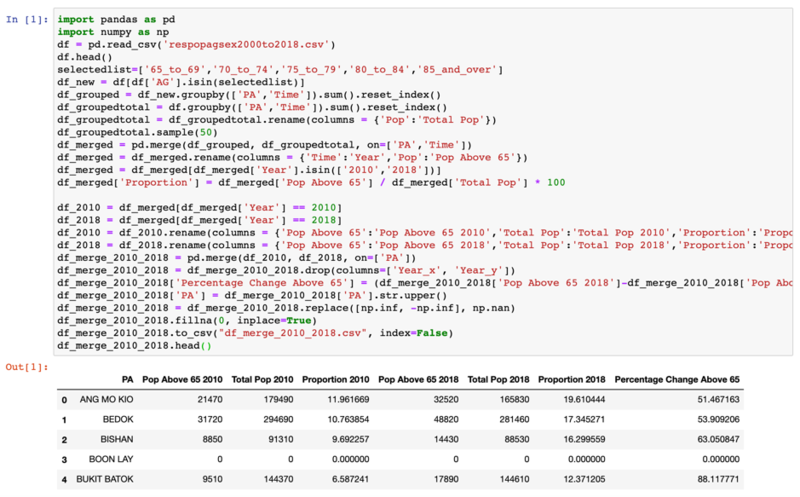SMT201 AY2019-20G1 EX2 Kelvin Chia Sen Wei
Contents
- 1 Q1
- 2 Q2
- 3 Q3. A map layout with four views showing the criterion scores of each factor layers
- 4 Q4. Analytical Hierarchical Process input matrix and result report
- 5 Q5. A map layout with the suitability land lot(s)
- 6 Explain the reasoning behind your classification choices, how you derived the new variables and handled missing values, and any other relevant judgments and assumptions. Please limit this discussion to a maximum of not more than 500 words.
Q1
There is a denser network of service and track roads on the eastern side of Gombak. Hence, the eastern area can be prioritized as it ensures easy transportation of building materials during the construction stage.
Residential buildings are mainly concentrated at the northern and western side and we should avoid these areas when building the CDQC to avoid disease spreading to the nearby population. The southern area can be considered as it is mainly a military area and is away from away from the population.
As the selected site should be away from forested land, park and water, the southern part of Gombak would be the ideal area.
Q2
Q3. A map layout with four views showing the criterion scores of each factor layers
a short description of not more than 150 words for each view.
Q4. Analytical Hierarchical Process input matrix and result report
a short description of not more than 150 words discussing the analysis results.
Q5. A map layout with the suitability land lot(s)
A short description of not more than 200 words commenting on each of the suitable land lot identified.
Explain the reasoning behind your classification choices, how you derived the new variables and handled missing values, and any other relevant judgments and assumptions. Please limit this discussion to a maximum of not more than 500 words.
There are multiple ways to derive with the aggregated data that we will need for our visualisation. The most efficient way is to create a virtual layer for each of the aggregated data that we need. For example, we can simply query using SQL for the aggregation of Aged population for the Year 2010 by Subzone as shown in the screenshot below.
Firstly, null values are replaced with 0 and each population count is grouped by its town and year. ‘SZ’ field was converted to uppercase to match the data in QGIS. The years are then filtered out to retrieve year 2010 and 2018. Proportion was calculated for Qn. 2b and percentage change was calculated for Qn. 2c. The virtual layers are then joined with Singapore’s Sub Zone 2014 Map via the relation field: ‘SZ’ and ‘SUBZONE_N’. Do note that electoral boundary plays a part, so we have to make use of the 2010 Subzone Planning Map for Year 2010 and the latest Subzone Planning Map for 2018. These data are then classified using equal interval classification and created into the maps as shown above.
Another method that we can use to aggregate the data is via Python.




